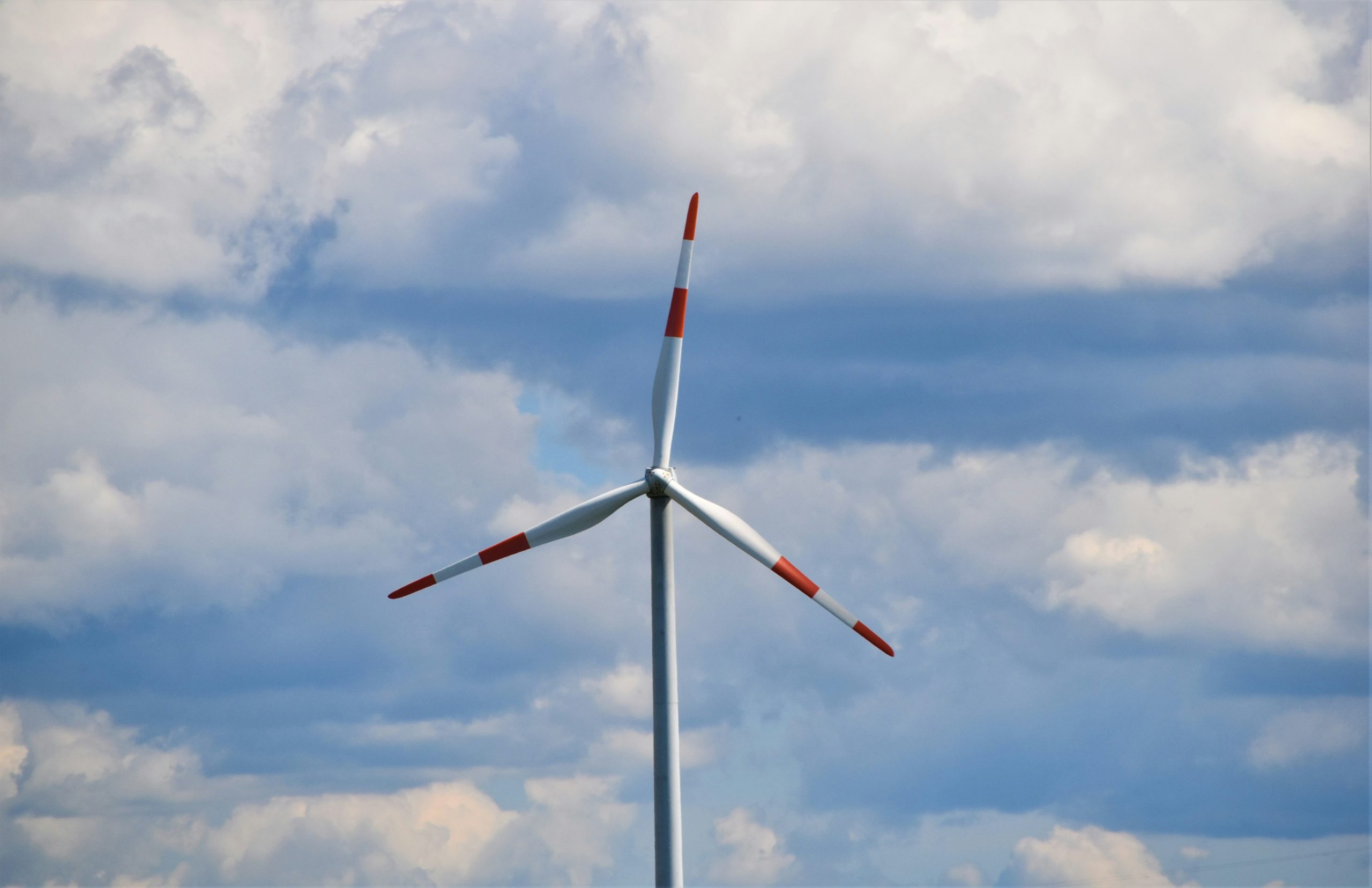As a result of the dynamic development of offshore wind farm projects until 2030, their total installed capacity may exceed 250 GW, according to the Rystad Energy report. Within a decade, investment and operating outlays for this purpose are expected to reach $ 810 billion.
According to the available data, at the end of 2020, the installed capacity in offshore wind installations in the world amounted to 33 GW. This means that compared to 2016, it has almost tripled. According to the estimates of Rystad Energy experts, until 2025, offshore wind farms will reach 109 and 251 GW until 2030.
Such a dynamic increase in new capacity in offshore winds will be associated with an increase in investment outlays. According to Rystad calculations, USD 56 billion will be allocated for this purpose only in 2021. As a result, installations will be built with a total capacity of nearly 13 GW. Annual capital expenditure will grow to reach $ 126 billion. Currently 95 percent project values are capital expenditures, and 5 percent operation costs. According to the forecasts of Rystad experts, until 2030 the share of capital expenditure will drop to 80%. Analysts also predict that 2030 will be a turning point, as the CAPEX of offshore wind projects will align with offshore hydrocarbon extraction projects and will amount to approximately $ 100 billion.
Analysts argue that Europe, as the most developed market, will dominate in terms of investments in offshore wind energy, which until the end of the decade will amount to around USD 300 billion. In 2019-2021, China will play the leading role, which is related to a significant increase in the commissioning of new installations. Currently, the largest share in the CAPEX of offshore wind farms is the cost of the turbine, which is about 40 percent of the investment costs. Rystad analysts expect that due to the use of more powerful turbines, this percentage will remain at a similar level. In terms of cost, cable production ranks second, accounting for approximately 14 percent of the total capital expenditure. Taking into account the costs of their arrangement, the contribution in total costs increases to approximately 20%.
Source: Rystad Energy
















